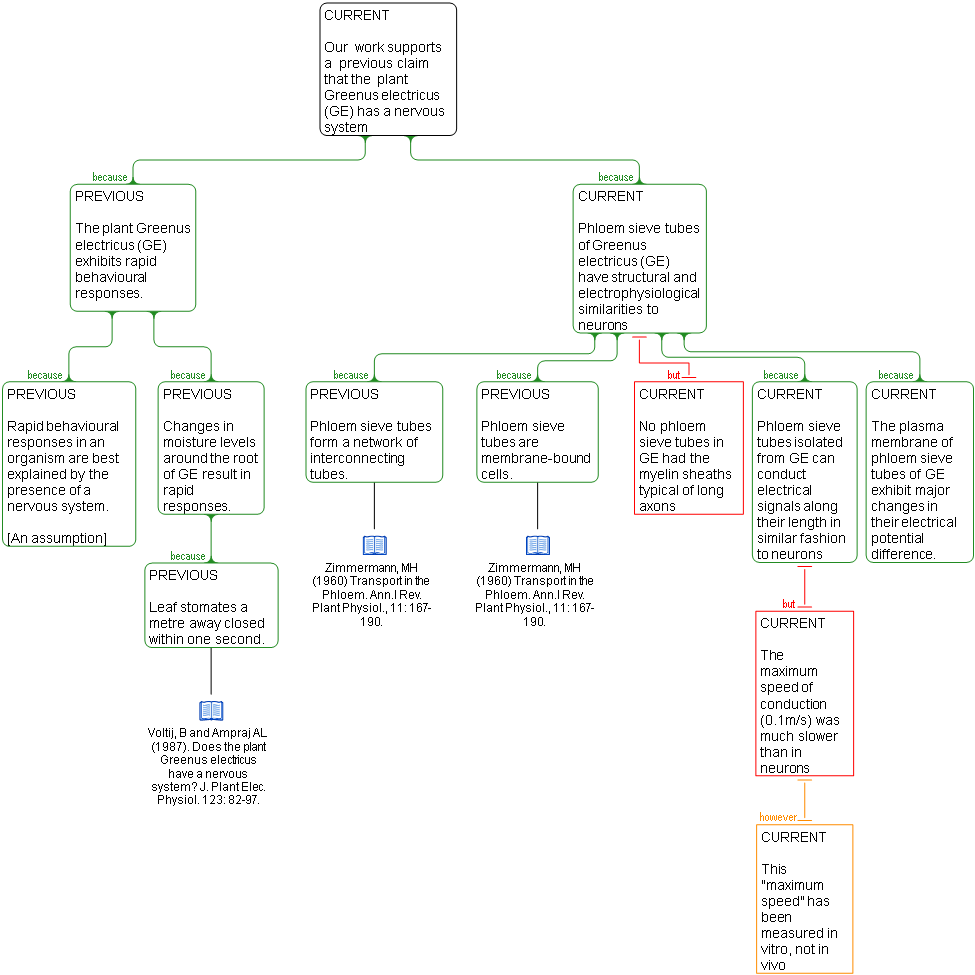The Science Of Scientific Writing Set H Location in Sentences Multi-part Sentences Exercise 1 Maps for Sentences Exercise 2 Simple Sentences Final Page .
OVERVIEW: The way to well-written science
PART I: Paragraphs and Sentences
SET A: Paragraphs: The Maps Behind Them
SET B: Paragraphs: Using Maps to Meet Readers' Expectations
SET C: Paragraphs with Something Extra: Points and Tails
SET D: The Generic Section: Expectations and Maps as Blueprints
SET E: Scientific Sections: The Methods and Results
SET F: Scientific Sections: The Discussion
SET G : Scientific Sections: The Introduction
SET H : Sentences
SET I : The Paper as a Whole
PART II: The Paper and its Sections
SET 1: Argument Parts
SET 2: Indicator Words
SET 4: Locating Arguments in Prose
SET 5: Rationale's Essay Planner
SET 6: Evidence in Arguments: Basis Boxes
Synthesis 1: Position-Early Paragraphs
Synthesis 2: Position-Final Paragraphs
Synthesis 3: Writing a Discussion I
Synthesis 4: Writing a Discussion II
Exercise 2
Your overall task is to write up the map below as a single paragraph of no more than FIVE sentences.
In detail:
(1) Drag the image of the map below onto the Rationale workspace, from Rationale's inline browser.
(2) Select the map (click on its top box) and then copy and paste the map so that you have two copies.
(3) Select one copy, and then change its mode from "Reasoning" to "Grouping" (far right of the Home menu).
(4) Colour code the boxes so that you group the sentences that you think can be combined into a multi-part sentence. (Note: the very first sentence of the paragraph should only consist of the single sentence in the very top box. In a written argument it is generally advisable to present the main claim "pure and simple" - readers are then more ikely to understand that this is the claim being argued.)
(5) The terms CURRENT and PREVIOUS at the top of each box indicate whether the statement in the box relates to current or previous research. Where citations are provided include them in typical journal fashion (e.g Voltij and Ampraj, 1987).
(6) Once you have finished the colour-coding, write up the map as a a single paragraph of no more than FIVE sentences, of which the first sentence (the Framing Sentence) is the sentence in the top box.
......
